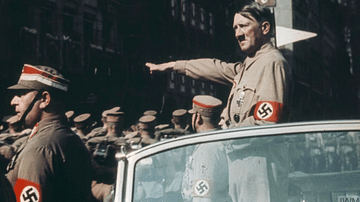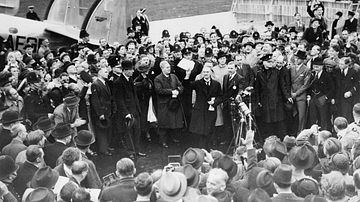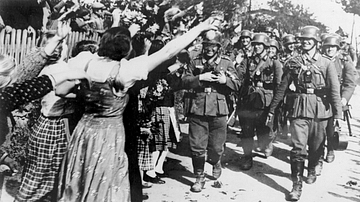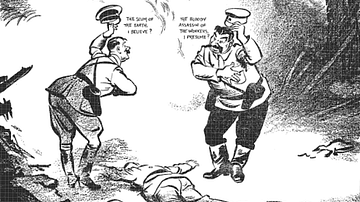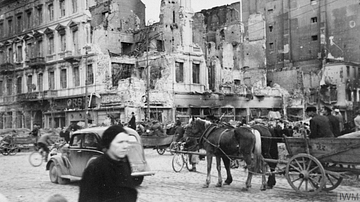The causes of WWII (1939-45) were many and varied, but there was a chain of international crises in Europe, which finally degenerated into a conflict that ultimately spread to engulf most of the world. In this collection of resources, we examine in detail those steps through the 1930s.
The various steps which led Europe to war in 1939 included:
- The harsh Treaty of Versailles
- The weakness of the League of Nations
- The rise of Adolf Hitler
- The Anschluss of Germany and Austria
- The policy of appeasement
- The Munich Agreement
- Hitler's occupation of Czechoslovakia
- The Nazi-Soviet Pact
- The invasion of Poland in 1939
Appeasement was an attractive policy to Western leaders since the horrors of the last war were still fresh in everyone's minds. France, in particular, was politically weak in this period, experiencing 16 coalition governments through the 1930s. Britain feared losing its empire if weakened by another great war.



